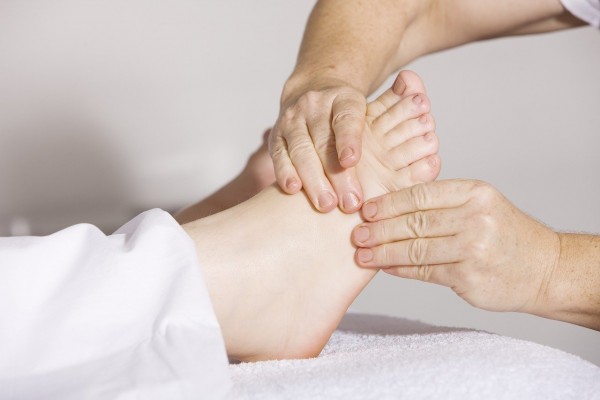All About Bunions: What Are They and What to Do About Them?
What is a bunion?
A bunion is a bony protrusion that forms on the joint at the base of the big toe. This happens slowly over time and may cause your big toe to turn in as the bony bump gets bigger and sticks out.
An estimated 30 percent of the population can develop a bunion; it may develop due to the shape of your foot, a foot deformity, or a medical condition, such as arthritis. Smaller bunions, called bunionettes, can also develop on the joint of your little toe.
Some bunions do not cause any symptoms and often do not require any medical treatment, but when it starts to affect your walking and symptoms begin to show, it may be time to see a doctor specializing in foot disorders.
The doctor will need to determine the underlying cause of your symptoms, whether it is associated with the bunion itself, an internal problem, such as degenerative or inflammatory arthritis, or in some cases, an external source, such as pressure from tight or ill-fitting shoes. Treatment will be focused on what is causing the pain.

Treatment options
- Conservative measures
Nonsurgical treatment options are the first choice of treatment. Because wearing tight-fitting shoes may cause bunions or worsen its state, changing your footwear may be all you need to do to manage the pain. Shoes that are roomy with plenty of space for your toes can take the pressure off a bunion and ease the pain. Avoid heels higher than 2 inches as wearing heels can put pressure on the front of your foot and can cause bunions and other foot problems.
As the skin over the bunion may become red and swollen, an ice pack over the bunion can help. Make sure to apply the ice pack not more than 20 minutes at a time as it may cause ice burn due to less tissue and muscle around the foot.
ALSO READ ABOUT: Study Finds Link Between Spread of Dengue and Reduced COVID-19 Transmission
Wearing bunion pads or braces can also take the pressure off the bunion by acting as a buffer between your shoes and your foot, and they can be purchased without a prescription in most drug stores. However, it cannot permanently correct the deformity or pain caused by the bunion.
Nonprescription pain relievers may also be prescribed, and in some cases, a cortisone injection may be recommended to reduce inflammation in the joint.
- Surgical options
If pain persists despite these conservative measures, a surgical option may be considered. There are different types of bunion surgery, most of which do not need general anesthesia. Still, only the administration of local anesthesia called an ankle block, and you can go home after spending a few hours in recovery. However, full recovery can take weeks to months. It is best to discuss with your health care provider about the possible outcomes after surgery.
Possible Complications
In some cases, complications after surgery may occur, which can be worse than the original condition. This is why patients considering this type of surgery should be fully aware of the risks involved, so they know when to seek medical attention at the earliest signs of complications and prevent worsening of symptoms.
READ MORE: CDC Retracts Guidelines on Aerosol Transmission of Coronavirus
Sep 23, 2020 07:00 AM EDT





